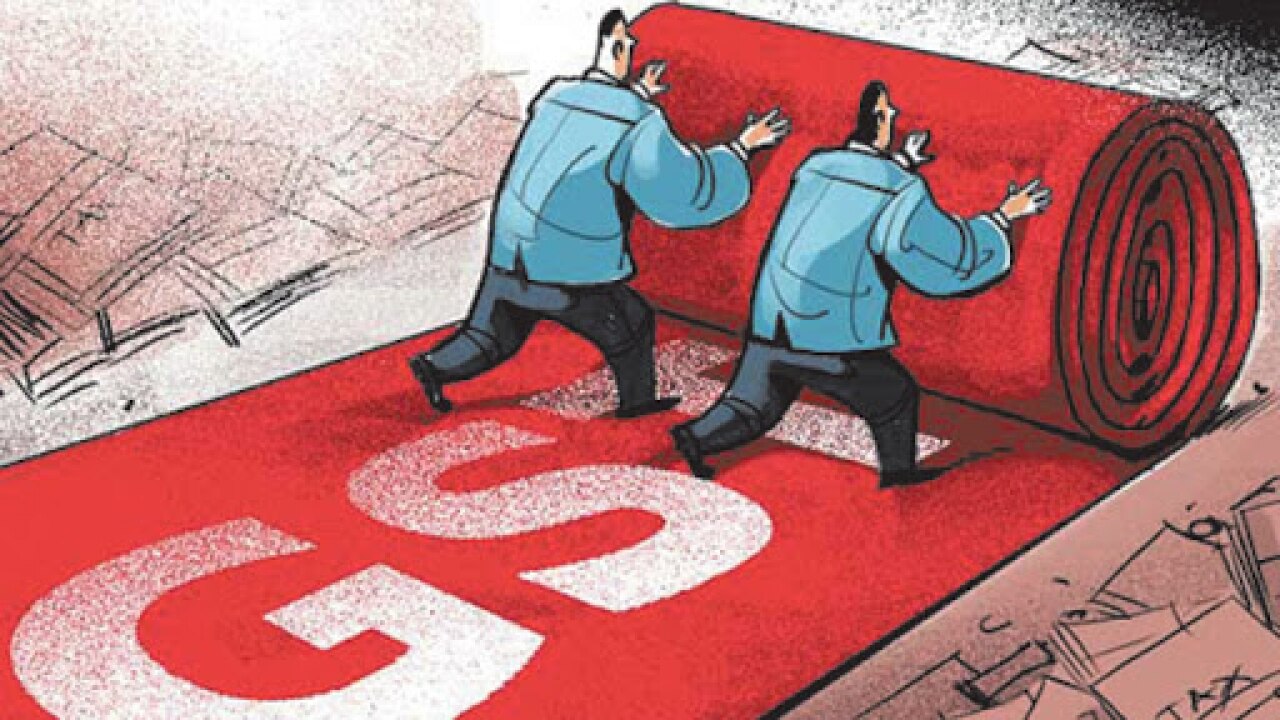
Very few changes are smooth and a change of the scale as anticipated under the Goods and Service Tax (GST) will not be without its share of disruptions. That, however, does not mean that it is not salutary for the government. Various estimates show that the total revenue collections of states will rise once the complete framework of GST is fully functional and the modalities of splitting revenues between the Centre and the states, and amongst states, is clearly established in practice.
There is no denying that the disruptions engendered in the wake of the GST flag-off will eventually be overcome. GST is an indirect tax regime overhaul, which is unprecedented in the financial history of India. No one is expecting India’s macroeconomic indicators to throw up a gloriously bright picture for the next 2-3 quarters.
However, corporates, domestic and foreign investors have already accounted for this disruption and understand that, in the longer run, GST will increase tax compliance in India by bringing a larger section of citizens under the tax bracket. Coffers of states and the Centre will only enrich once the wrinkles in the working of GST are ironed out. What’s more, GST’s structural layout is such that it creates a trail of the movement of goods and services, helping tax officers zone in on errant parties within the supply chain.
Obviously, this is easier said than done. There is many a challenge facing the actual implementation of GST on the ground. First off, the Central Board of Excise and Customs (CBEC) — the parent administrative body for the formulation of policy and collection of Customs and Central Excise duties — will be rechristened as the Central Board of Indirect taxes and Customs (CBIC). While a reorganisation of field divisions has already been effected within the indirect tax architecture, legislative amendments are still to follow. Besides this, concerns about human resources falling short at the rural and district level will also need to be addressed.
Additionally, the information technology framework of the GST network will also have to show that it is more than capable of handling the deluge of returns that will inundate its portals in the coming months. GSTN chairman Navin Kumar has reportedly said that he is fairly confident of its system, adding that problems faced earlier have now been resolved. A lot rides on the success of the GSTN’s IT capabilities. Its breakdown will be a major embarrassment for the government and hopefully, things will not come to such a point.